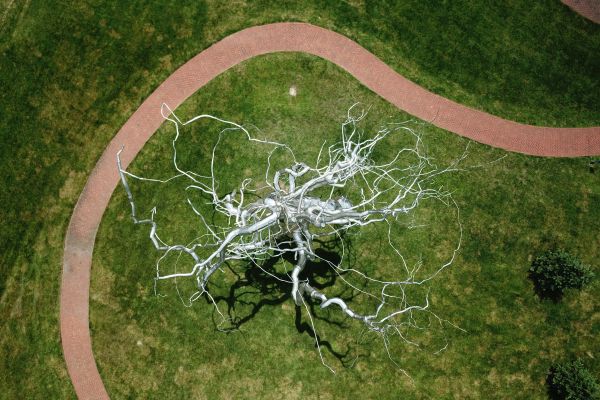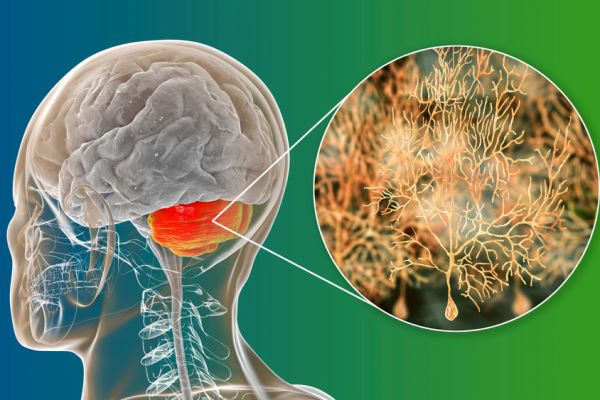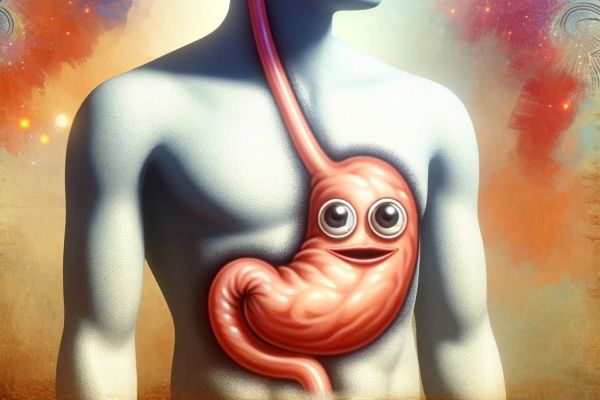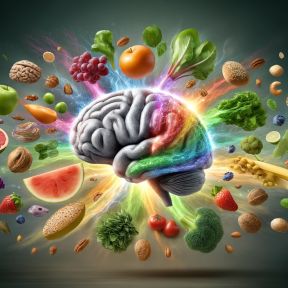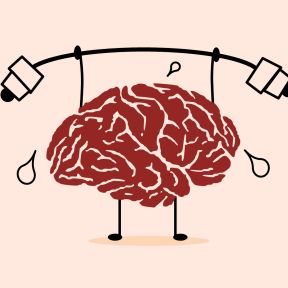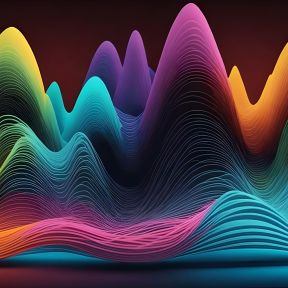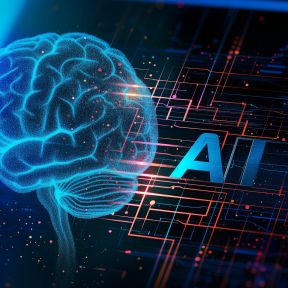What Is Neuroscience?
Neuroscience examines the structure and function of the human brain and nervous system. Neuroscientists use cellular and molecular biology, anatomy and physiology, human behavior and cognition, and other disciplines, to map the brain at a mechanistic level.
Humans have an estimated hundred billion neurons, or brain cells, each with about a thousand connections to other cells. One of the great challenges of modern neuroscience is to map out all the networks of cell-to-cell communication—the brain circuits that process all thoughts, feelings, and behaviors. The resulting picture, emerging bit by bit, is known as "the connectome." The ability of the brain to elaborate new connections and neuronal circuits—neuroplasticity—underlies all learning.
Biology and psychology unite in the field of neuroscience, to tackle questions such as the brain’s role in pain perception or the underlying cause of Parkinson’s disease. Computer simulations, imaging, and other tools give researchers and medical experts new insight into the physical anatomy of the brain, its five million kilometers of wiring, and its relationship to the rest of the mind and body.

Just as computers are hard-wired with electrical connections, the brain is hard-wired with neural connections. These connections link together its various lobes and also link sensory input and motor output with the brain’s message centers, allowing information to come in and be sent back out.
One major aim of current neuroscience research, then, is to study how this wiring works and what happens when it's damaged. New developments in brain scanning allow researchers to see more detailed images and determine not only where there may be damage but also how that damage affects, for instance, motor skills and cognitive behavior in conditions like multiple sclerosis and dementia.
A rapidly expanding discipline, neuroscience findings have grown by leaps and bounds over the past half-century. More work, however, will always be needed to fully understand the neural roots of human behavior, consciousness, and memory.
